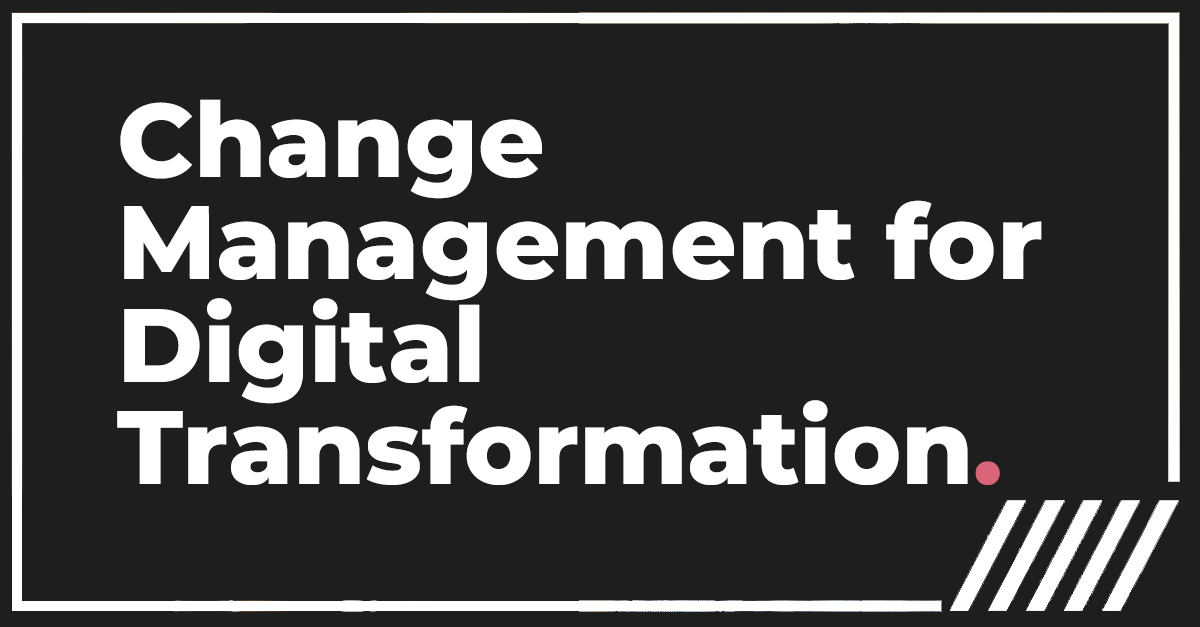
Change Management for Digital Transformation
“Change can be scary, and sometimes avoiding change seems easier than abandoning long-established work practices, even when they pose pain points.”
Does this sound familiar? In order to meet the demand for digital assets more and more marketing leaders are realizing the need for a change in process: how to better connect data and production, how to create a better asset delivery system and how to optimize against a changing brief and channel mix.
As essential as digital transformation is, we talk with many clients who are held back by worries of adoption, or ultimately, fear of the unknown. Jan Ohye, Business Solutions Director at Craft, lives and breathes change. Over the past 5 years, she has led large-scale transitions and onboarding for over 40 clients. We’re talking about setting new processes and ways of working that have generated results such as:
- Centralized production and asset strategies
- Cost savings for efficient asset production
- Enablement of digital transformation by establishing agile digital asset production processes
So what is the trick to a successful transition? We asked Jan to share her experiences and here’s what she has to share:
- Improvising is erratic, methodologies are fool-proof. All of our transitions follow a sure-fire methodology, so we don’t waste precious time and talent figuring out the best onboarding approach. One of the common pitfalls that we continuously see in the market is custom creating an onboarding process for every client. A new system requires testing, failing, correcting, and redoing. We find that there is no room for failure with an already tested methodology.
- Look out for the smallest details and instantly take action. The biggest learnings come from paying attention to the details- and while you’ll never have everything covered, it is essential to have eyes who are trained to analyze and find every detail that needs to be taken into account. Having a tried and true process and methodology is essential to deal with small elements without derailing the entire process.
- Analyze first, act second. A transition process based on quick solutions and wrongfully executing or rushing the discovery means your whole process will be built from the wrong base. In order to drive constant improvement, you need to take the time to understand what data and insights will be most essential to informing success and improvement. That is why it is essential to evaluate all possible brand, asset, and business needs before taking action to develop a new production process. By taking time upfront you will understand what tools to use, how to collect data, and how to report on things that are working or not to optimize the process. Without a proper discovery analysis, it would be hard even to know what to report on.
- Make the whole team accountable for change and get them excited about it. Forcing change on a team is never a good strategy: it is crucial that all of your employees understand what the change is, why it’s necessary, and who is going to participate. On the latter point, orienting the internal team to transition is fundamental. Whenever we work with client teams, we start off by carefully explaining who we are, how the decision of transitioning came into place, and we work with every stakeholder to ensure they have a voice in recruiting and advocating for change.
And Always Remember: You Can’t Over Communicate During Transition
Moving Forward
Of all the risks of digital transformation, the biggest and worst repercussions come from inaction. With the right methodology, it’s just a matter of following steps (discovery, testing, implementing), in order to ensure successful transition, because ultimately, we’re just talking about a new way of working. Chances are, if you thoughtfully approach the challenge and think of it as an opportunity instead, the fear of change turns into excitement for innovation.
If you are interested, feel free to drop us a message about your concerns, and we will come back with solutions for your brand.
